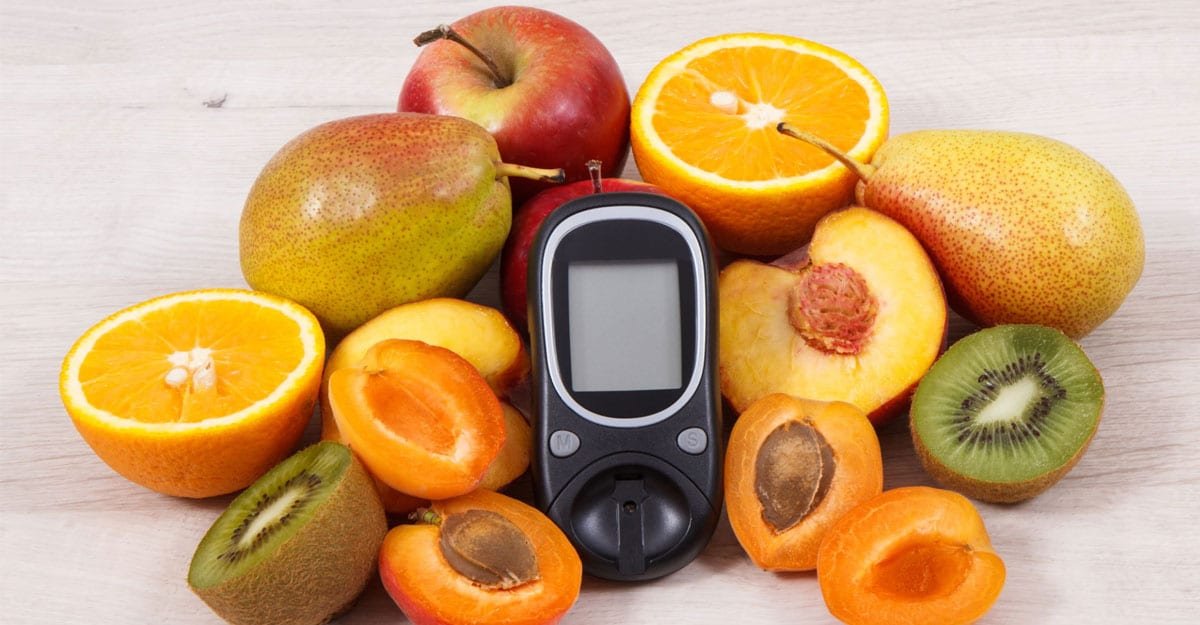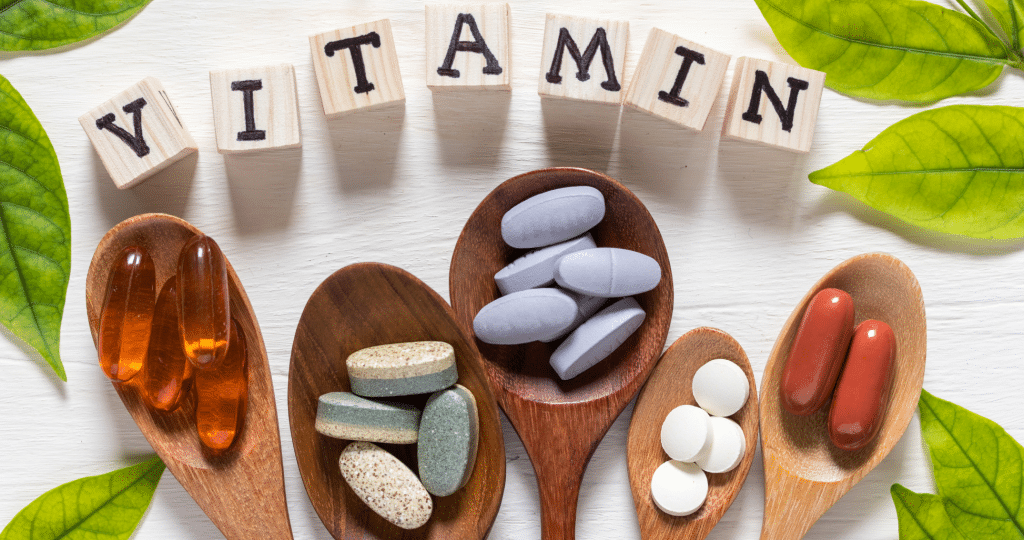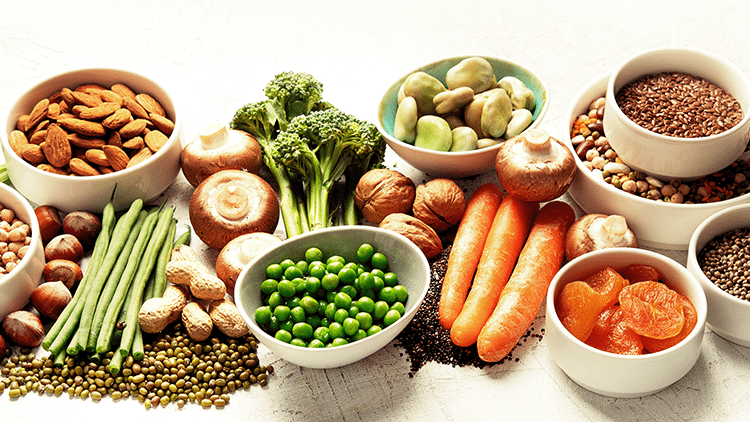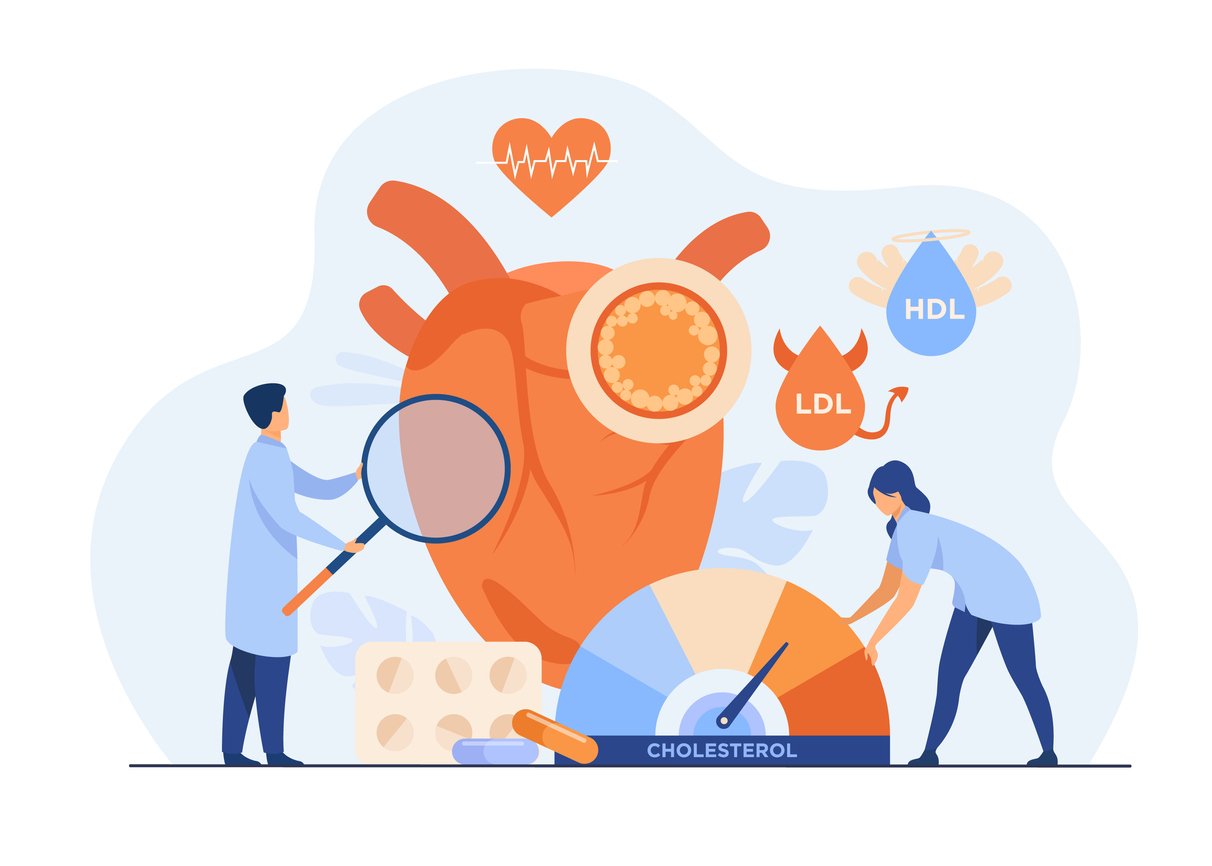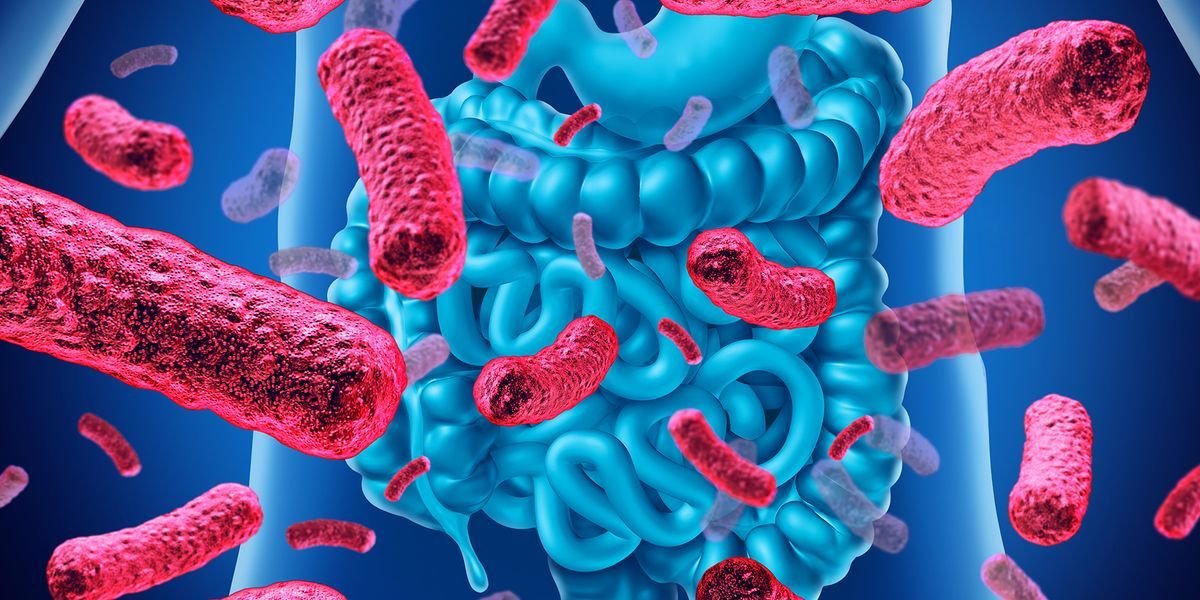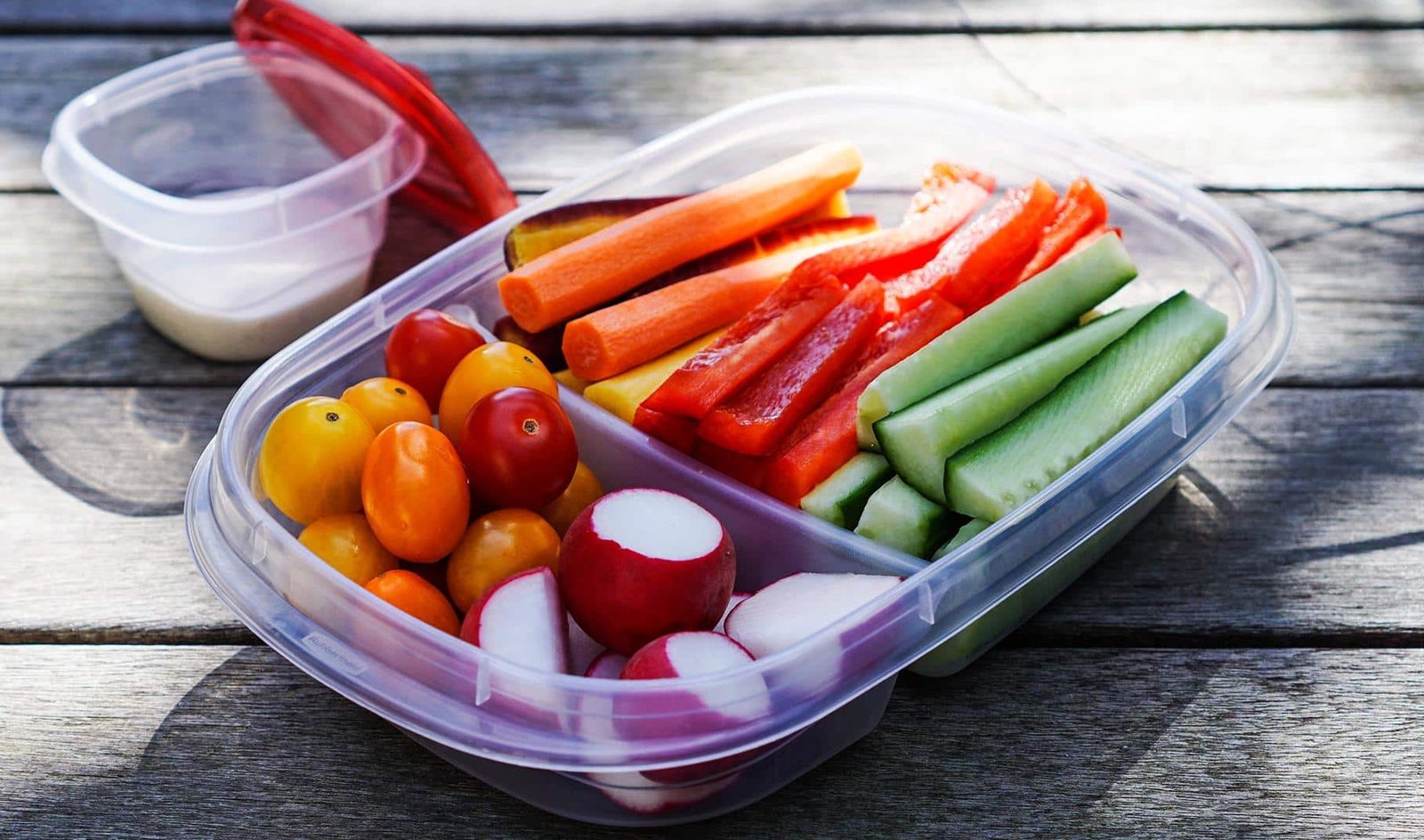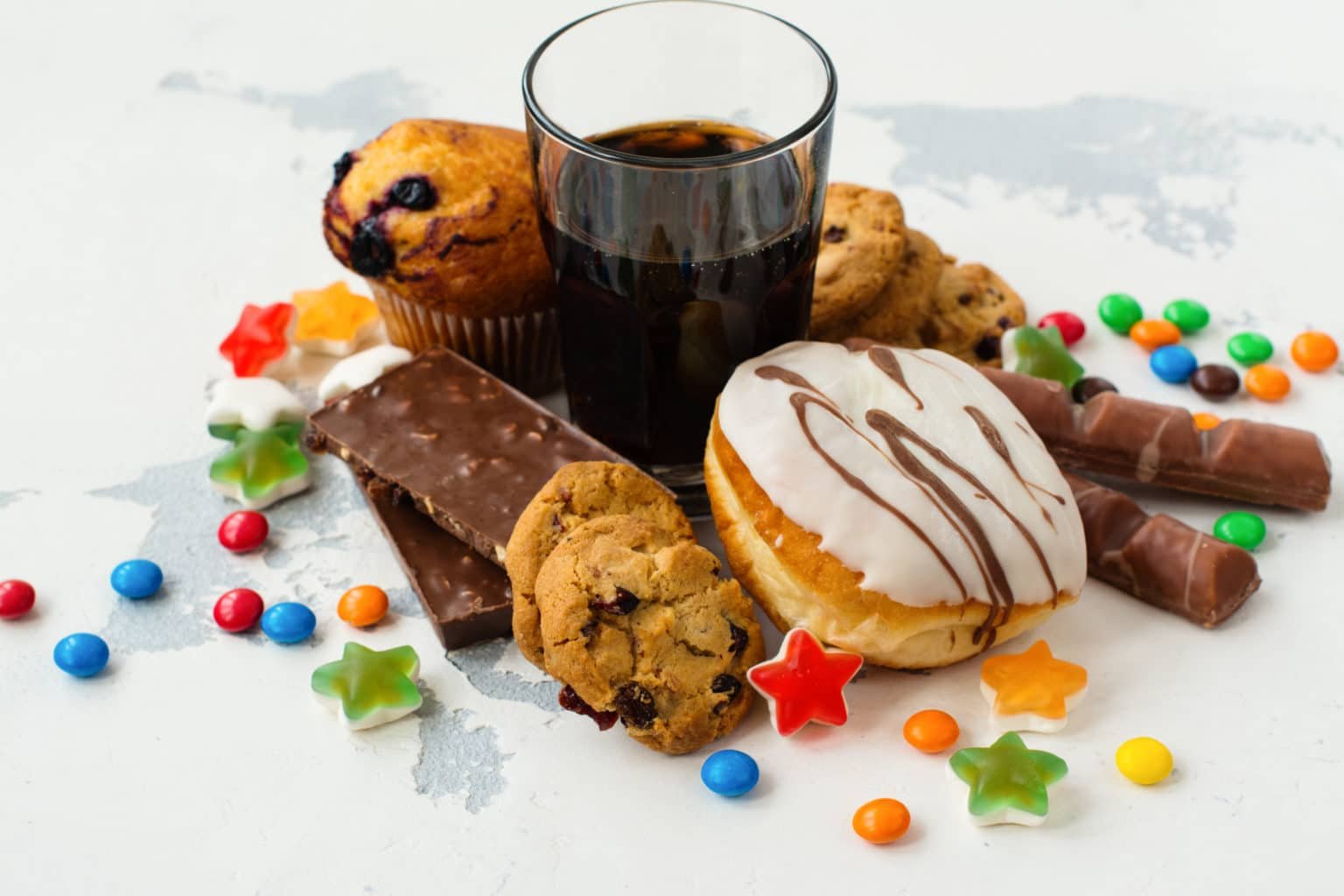Can fruits affect your sugar levels and what does it mean to your health? Plus 5 Worst Fruits for Blood Sugar
When you’re in the mood for something sweet, fruit is the most nutritious option by far. But if you’re eating for stable blood sugar, you may discover that some fruits cause a significant spike while others result in more subtle elevations.
First, it’s important to understand that no natural food—including fruit—is inherently bad. The overall composition of your meals matters more than any individual component when it comes to your health. Plus, fruits offer fiber and a range of vitamins, minerals, phytochemicals, and antioxidants, all of which have benefits. In fact, some fruits are incredible sources of micronutrients that are essential for overall health and optimal cellular function.
Can too much Fruit Spikes Your Blood Sugars?
A fruit’s nutritional profile can reveal a lot, but it isn’t the whole picture. A few other factors can have a significant impact on blood sugar balance:
The ripeness of the fruit.
Because fruit starches are converted to sugar as the fruit matures, ripe fruit contains more sugar (in the form of glucose, fructose, and sucrose) and has a higher GI than unripe fruit. Certain fruits—such as berries, citrus, and grapes—stop ripening once they’re picked. But others—such as bananas, kiwis, pears, mangos, and stone fruits—continue ripening as they sit on your kitchen counter (and even as they sit in the fridge, although this slows ripening significantly). Eating these “climacteric fruits” before they fully ripen can lower your sugar intake.
How you’re consuming it.
Fresh, whole fruit is always best for blood sugar control and overall metabolic health. Though convenient, dried fruit is devoid of its filling water content and much easier to overeat because of its smaller volume, increasing the amount of sugar you consume. Blending a smoothie breaks down the fibrous structure of the fruit. Since your body doesn’t have to do that work, sipping your fruit leads to quicker digestion and absorption of sugars and, therefore, more significant elevations in blood sugar. But the worst offenders are juices, as they lack all fiber. This speeds up the absorption of sugar, potentially causing a blood sugar spike. In fact, drinking one or more 8-ounce servings of fruit juice every day may increase Type 2 diabetes risk by up to 21%, while eating at least two servings of whole fresh fruits per week may reduce the risk.
What you’re eating with it.
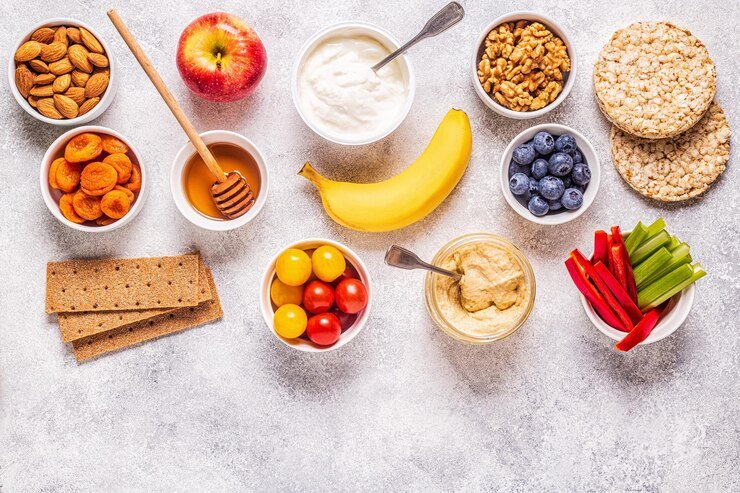
Pairing fruit with a source of fat, protein, or fiber (think: plain yogurt, cheese, walnuts, peanut butter, chia seeds, flax seeds, olives, avocado, or unsweetened protein powder) can help curb a blood sugar spike. That’s because fiber largely passes through the digestive system intact and interferes with the absorption of sugar from fruit, while protein and fat slow gastric emptying (the rate at which food passes from the stomach to the intestines), thereby slowing the absorption of sugar into the bloodstream. Avoid pairing fruit with added sugars or refined grains – like adding banana slices to cereal, sprinkling grapefruit with sugar, or drizzling honey on berries – as that will only spike blood sugar more.
When you’re eating it.
Blood glucose is more likely to spike if you eat carbohydrates first. In one small study, people with Type 2 diabetes consumed two meals 15 minutes apart. The first meal consisted of skinless grilled chicken breast, salad with vinaigrette, and steamed broccoli with butter, while the second meal was bread and orange juice. Eating the chicken meal before the bread and OJ led to 37% lower glucose levels an hour after eating compared to eating the meals in the reverse order. Insulin levels were also lower when subjects consumed the protein, veggies, and fats before the carbohydrates. So when you plan to have fruit as dessert, center your meal on high-quality protein and healthy fats.
Your individual response.
Everything from the composition of your gut microbiome to your genetics and even your stress levels, sleep quality, and physical activity contributes to the way your body responds to foods and processes nutrients. This is why you may be able to eat mango and have a moderate rise in blood sugar, but your friend’s levels skyrocket after mango. The more you know about your body’s unique response – by paying attention to how you feel after eating or checking your blood sugar with a glucometer or continuous glucose monitor (CGM) – the easier it is to make healthy choices.
How much you eat.
Portion size still matters. A small (and less-ripe) banana may not cause as much of a blood sugar spike as a large (and overripe) banana. One reason: They can differ in sugar content by 9 grams or more. If you’re unsure how certain foods will affect you, keep portions small while monitoring your glucose response.
5 Worst Fruits for Blood Sugar
These fruits tend to have a greater impact on blood sugar. Try to limit them in your diet or follow our suggestions to promote a more gradual rise in blood glucose.
Bananas, 1 medium fruit
- Sugar: 14.4 grams
- Fiber: 3.1 grams
- Glycemic index: 51
Because a banana’s starch is converted to sugar as it ripens, very ripe bananas have the most significant impact on blood sugar: Their GI can jump into the mid-range at 57, making them a bit more likely to trigger a spike. Eating a banana that hasn’t browned yet with nut butter or after a meal containing protein and fats can help reduce this effect.
Grapes, 1 cup (green)
- Sugar: 23.4 grams
- Fiber: 1.4 grams
- Glycemic index: 54
- Levels Zone score: 5.1
- Avg glucose rise: 38 mg/dL
Grapes contain a hefty dose of sugar with minimal fiber, and as a result, they may sharply raise blood sugar. While they have some beneficial micronutrients, including various polyphenols, they’re not as rich in these compounds as berries.
Mangoes, 1 cup
- Sugar: 22.6 grams
- Fiber: 2.6 grams
- Glycemic index: 51
- Levels Zone score: 6
- Avg glucose rise: 32 mg/dL
Like many tropical fruits, mangoes pack a lot of sugar and not enough fiber to significantly offset a rise in blood sugar. Even worse, blending frozen mango into smoothies breaks down that fiber, often leading to more significant blood sugar spikes.
Pineapple, 1 cup
- Sugar: 16.3 grams
- Fiber: 2.3 grams
- Glycemic index: 59
- Levels Zone score: 5.6
- Avg glucose rise: 34 mg/dL
While most fruits on this list have a low glycemic index, pineapple’s GI is in the mid-range, which means it may be more likely to spike blood sugar. However, a cup of pineapple delivers almost a day’s worth of vitamin C for men and a full day’s worth for women, as well as some polyphenols.
Medjool dates, 1 date
- Sugar: 16 grams
- Fiber: 1.6 grams
- Glycemic index: 55
- Levels Zone score: 5.5
- Avg glucose rise: 35 mg/dL
Given the high sugar content of just one date, these fruits aren’t meant for snacking. However, in the context of using a small number of dates as a natural sweetener in desserts, this fruit (and other whole-food sweeteners) is a better choice than table sugar:

